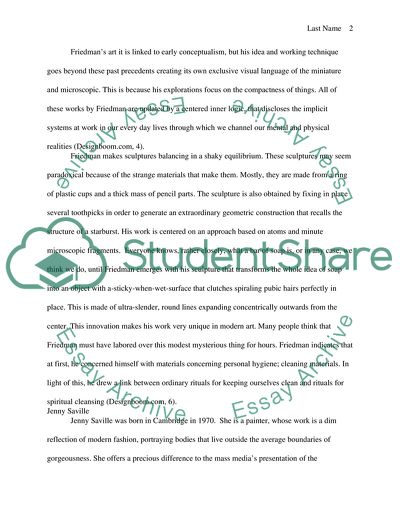Cite this document
(Contemporary Artists Case Study Example | Topics and Well Written Essays - 2000 words, n.d.)
Contemporary Artists Case Study Example | Topics and Well Written Essays - 2000 words. https://studentshare.org/visual-arts-film-studies/1745223-art-history-paper
Contemporary Artists Case Study Example | Topics and Well Written Essays - 2000 words. https://studentshare.org/visual-arts-film-studies/1745223-art-history-paper
(Contemporary Artists Case Study Example | Topics and Well Written Essays - 2000 Words)
Contemporary Artists Case Study Example | Topics and Well Written Essays - 2000 Words. https://studentshare.org/visual-arts-film-studies/1745223-art-history-paper.
Contemporary Artists Case Study Example | Topics and Well Written Essays - 2000 Words. https://studentshare.org/visual-arts-film-studies/1745223-art-history-paper.
“Contemporary Artists Case Study Example | Topics and Well Written Essays - 2000 Words”. https://studentshare.org/visual-arts-film-studies/1745223-art-history-paper.


